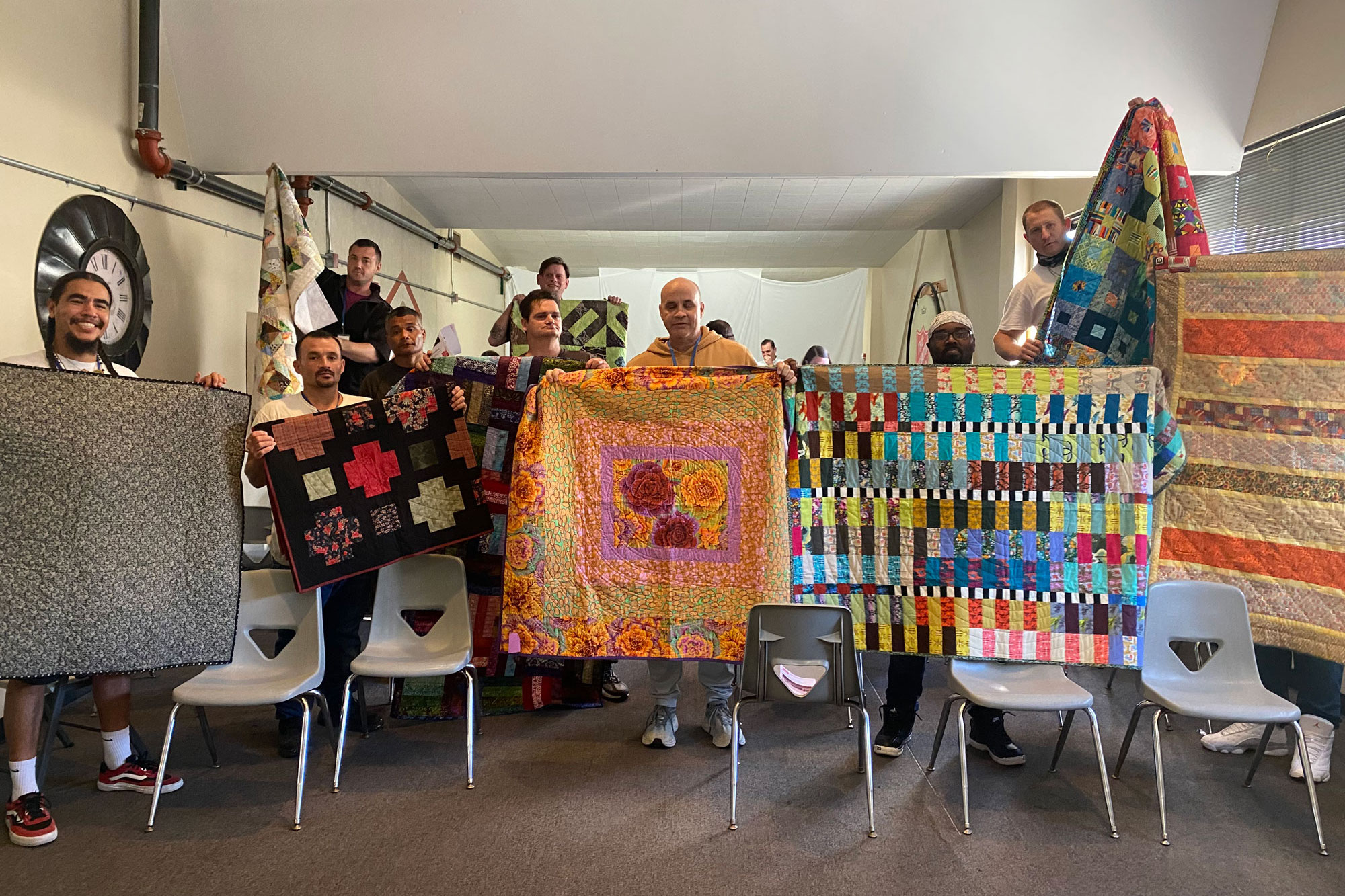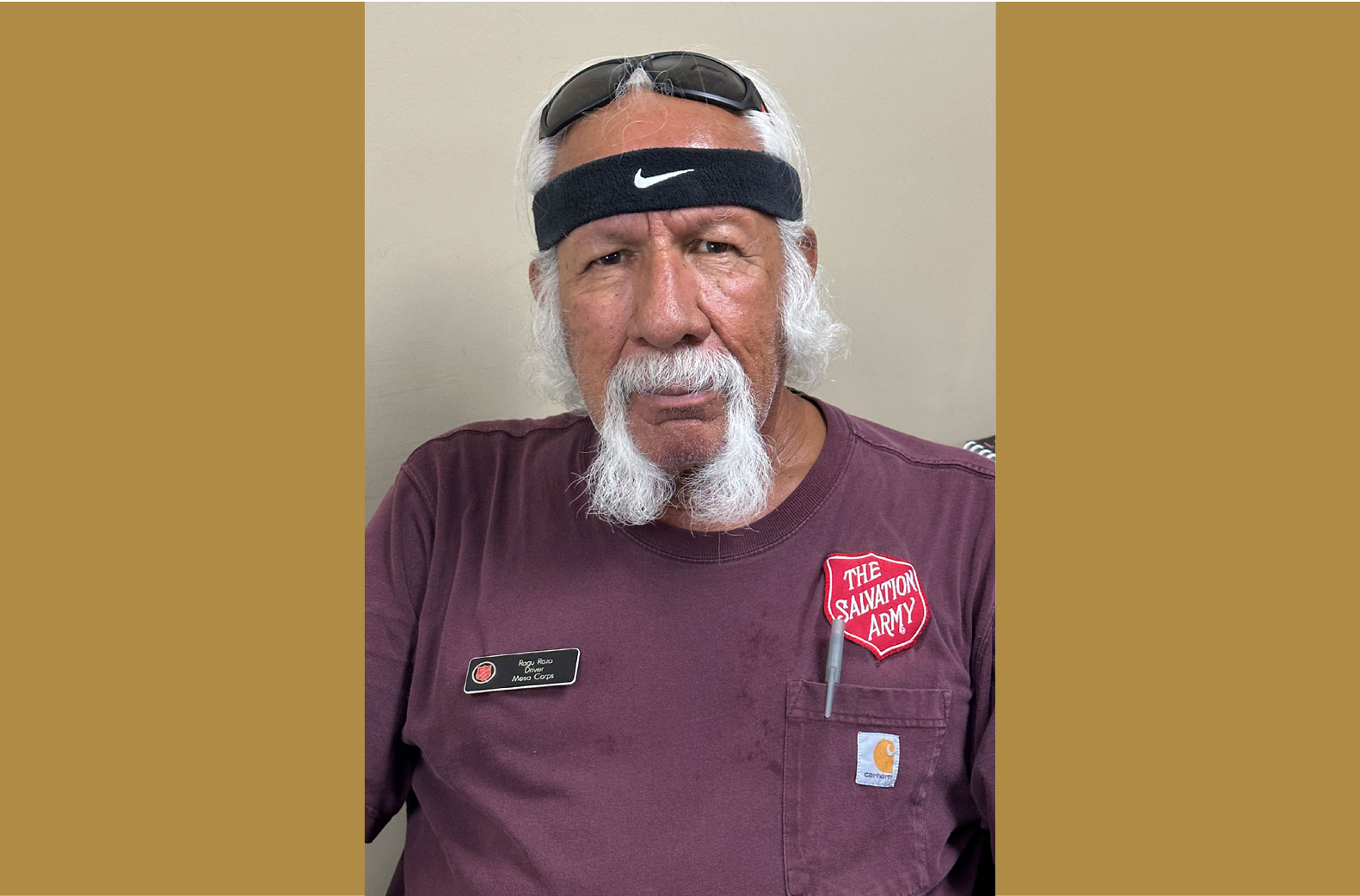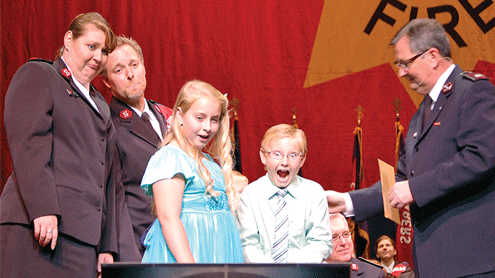Listen to this article
Listen to this article
Loading
Play
Pause
Options
0:00
-:--
1x
Playback Speed- 0.5
- 0.6
- 0.7
- 0.8
- 0.9
- 1
- 1.1
- 1.2
- 1.3
- 1.5
- 2
Audio Language
- English
- French
- German
- Italian
- Spanish
Open text
a view from the board side “officer moves— easing the transition”. by dick hagerty advisory board member. new frontier welcomes columnist dick hagerty, who has served on the modesto (calif.) advisory board since 1971—twice chairing it for a total of five years—and the national advisory board, currently as the only acting emeritus member. with officer moves are upon us, it is important to recognize that the local advisory board can ease the trauma of these transitions. i’ve witnessed the need for the advisory board in these officer transitions. we recently had an officer leave in mid-assignment, and our council did not have sufficient warning nor access to quarters to determine the status of the home that had been vacated. sadly, the house was left in poor condition and the new officer was not able to immediately take possession of the home. following our own written guidelines on this matter would have saved both frustration and embarrassment. another officer transition, in another setting some years ago, also suffered from a lapse in our transitional rules. sitting with a different captain at a civic event—five months after taking command of our operations—he turned to me and said, “i have never met the mayor!” i was astounded and chagrined. how could this happen? how could it be that our officer did not know the mayor in his city? we, the advisory board, had failed in assisting the officer to get established in our community. the national advisory board recently completed work on a strategic plan for the salvation army. as a part of that, i wrote “the first 30 days.” here are a few of its key steps for facilitating a successful officer transition:. • welcome. make certain that quarters are clean, complete and acceptable. key board members should meet as soon as possible with the new officers. notify all board, council and auxiliary members of the pertinent details of the newcomers. meet with the officers at the corps to help make introductions and to provide a brief overview of programs and “issues.”. schedule a meeting with full board and/or executive committee as soon as possible. • introductions. mayor, city manager and other key city officials at city hall. county ceo, county officials and managers at county hall. key donors who are not members of the board. leaders of other agencies in the community such as united way, red cross, etc. local newspaper to meet editorial staff and religion writer. leading community pastors and church leaders. • relationships. sponsor the officer in the key service club in the community. board chair and key members should make private appointments to help to familiarize the officer with the community and its needs. board members should reach out to build personal relationship and support with the new officers. the effective board recognizes that the officer will only have a temporary relationship to the community, yet must quickly be established as the leader and executive in charge during his/her tenure. the caring board will do all in its power to fulfill this task. contact rghagerty@aol.com for a complete copy of “the first 30 days” or to discuss community or advisory board topics, including topics to address in this new column.
Open context player
Close context player
Plays:-Audio plays count
a view from the board side “officer moves— easing the transition”. by dick hagerty advisory board member. new frontier welcomes columnist dick hagerty, who has served on the modesto (calif.) advisory board since 1971—twice chairing it for a total of five years—and the national advisory board, currently as the only acting emeritus member. with officer moves are upon us, it is important to recognize that the local advisory board can ease the trauma of these transitions. i’ve witnessed the need for the advisory board in these officer transitions. we recently had an officer leave in mid-assignment, and our council did not have sufficient warning nor access to quarters to determine the status of the home that had been vacated. sadly, the house was left in poor condition and the new officer was not able to immediately take possession of the home. following our own written guidelines on this matter would have saved both frustration and embarrassment. another officer transition, in another setting some years ago, also suffered from a lapse in our transitional rules. sitting with a different captain at a civic event—five months after taking command of our operations—he turned to me and said, “i have never met the mayor!” i was astounded and chagrined. how could this happen? how could it be that our officer did not know the mayor in his city? we, the advisory board, had failed in assisting the officer to get established in our community. the national advisory board recently completed work on a strategic plan for the salvation army. as a part of that, i wrote “the first 30 days.” here are a few of its key steps for facilitating a successful officer transition:. • welcome. make certain that quarters are clean, complete and acceptable. key board members should meet as soon as possible with the new officers. notify all board, council and auxiliary members of the pertinent details of the newcomers. meet with the officers at the corps to help make introductions and to provide a brief overview of programs and “issues.”. schedule a meeting with full board and/or executive committee as soon as possible. • introductions. mayor, city manager and other key city officials at city hall. county ceo, county officials and managers at county hall. key donors who are not members of the board. leaders of other agencies in the community such as united way, red cross, etc. local newspaper to meet editorial staff and religion writer. leading community pastors and church leaders. • relationships. sponsor the officer in the key service club in the community. board chair and key members should make private appointments to help to familiarize the officer with the community and its needs. board members should reach out to build personal relationship and support with the new officers. the effective board recognizes that the officer will only have a temporary relationship to the community, yet must quickly be established as the leader and executive in charge during his/her tenure. the caring board will do all in its power to fulfill this task. contact rghagerty@aol.com for a complete copy of “the first 30 days” or to discuss community or advisory board topics, including topics to address in this new column.
Listen to this article











